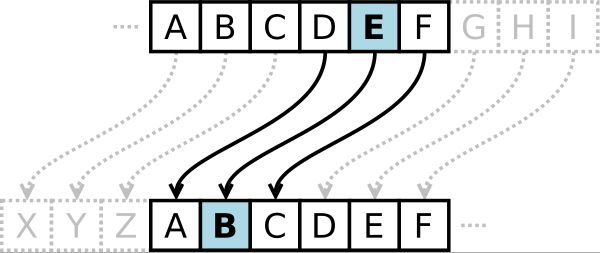|
AP Computer Science Principals Big Ideas
Computational Thinking Practices
Computer Science: The New LiteracyWhether it’s 3-D animation, engineering, music, app development, medicine, visual design, robotics, or political analysis, computer science is the engine that powers the technology, productivity, and innovation that drive the world. Computer science experience has become an imperative for today’s students and the workforce of tomorrow. The AP Program designed AP Computer Science Principles with the goal of creating leaders in computer science fields and attracting and engaging those who are traditionally underrepresented with essential computing tools and multidisciplinary opportunities. Rigorously DevelopedIn development since 2008, AP Computer Science Principles was created with significant support from the National Science Foundation. The College Board worked with more than 50 leading high school and higher education computer science educators who piloted the course at their institutions. This rigorous process of development and testing has yielded a course that not only reflects the latest scholarship in the field, but provides students with a relevant and engaging learning experience.
|
|
||||||||||||||||||||||||||||||||||||
|
|||||||||||||||||||||||||||||||||||||
© WRWEBHEADS.COM |
|||||||||||||||||||||||||||||||||||||








